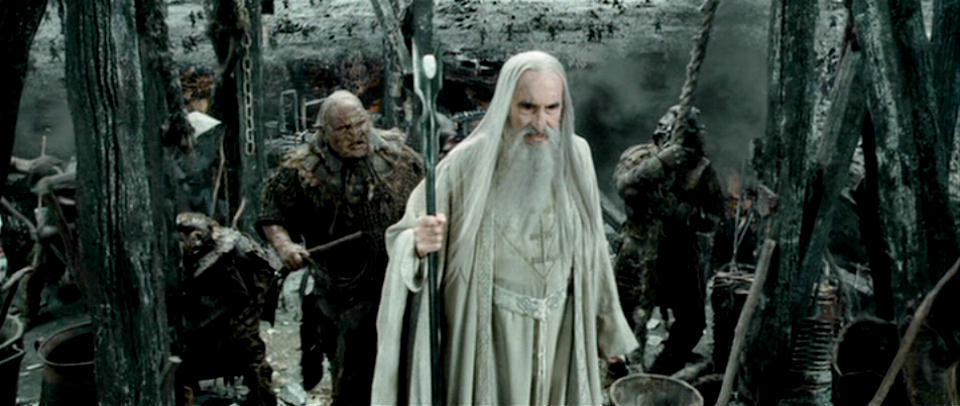Lago PARANOIA wrote:So, how much money would it take to arm, maintain, train, and provide for an elf or hobgoblin or human fighter with decent armor and weapons for five years?
Depends on the edition you're talking about. Price lists have historically been one of the parts of D&D most liable to make you laugh or cry, and the basic services and lifestyle sections of that list are by far the worst offenders. Assuming we're talking something like 3rd edition, the decent armor and weapons cost about as much as the Hobgoblin. The
room to hold them in costs even more. This is actually kind of a medieval realism thing, and 3e is far and away the best edition as far as being casually realistic.
The Dwarves and Orcs you hire as grunts work for 6 gp a month, twice that if they are specialist troops like worg riders and three times if they are officers. Five years
wages is 360 gp per guard, 720 per cavalryman, and 1080 per lieutenant. Outfitting them in non-bullshit equipment sets you back a bit over three hundred gold per footsoldier.
The basic barracks to keep your soldiers in costs thousands of gold pieces. A no-nonsense army base with kitchen, armory, drill yard, and mess hall for a hundred soldiers (and some cooks) sets you back 24,000 gold. If you want to upgrade that to a Worg riding force with the appropriate kennels and grooms, the building costs
40,000 gold.
Basically, it's extremely middle ages. Property values are so high and the cost of weaponry so high that only very rich people can equip and house a fighting force. But the warm bodies themselves are very inexpensive (comparatively). In part because a considerable amount of the wages of your soldiers is actually just room and board, because livable real estate is out of the price range of any of your bannermen.
But yes, five years of loyalty from a hundred soldiers costs about as much as a +4 sword.
Also, it seems like you can get the best bang for your buck with ghostwise halflings. They require a lot fewer supplies and have a smorgasbord of advantages with their only real drawback being the strength penalty and smaller weapons. Which aren't huge dealbreakers if most of your targets are going to be other level 1 foolios.
Against most opposition, your best deal is to recruit skirmish formations of slingers just before all major battles. Because that's nearly free. Assuming you
didn't want your soldiers to scatter to the winds any time they got charged and also wanted your soldiers to be individually well equipped, that's not going to fly. If you intend to keep your soldiers for a long time, the cost of getting them shields and bows and armor and martial melee weapons equals the cost of retaining them sometime around year 4.
-Username17

